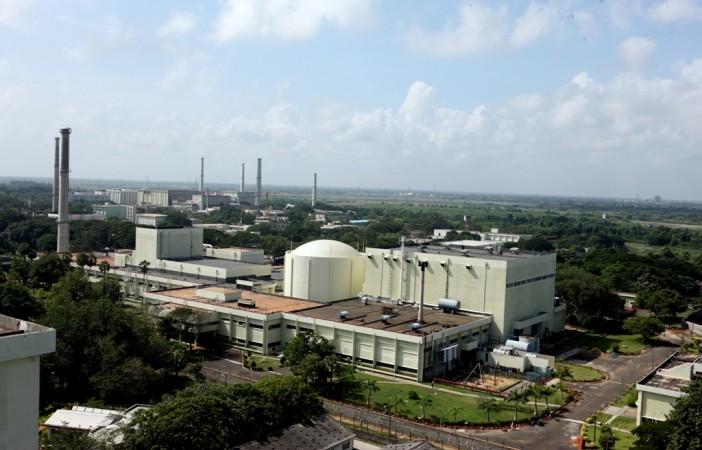
The Madras Atomic Power Station (MAPS) in Kalpakkam in Tamil Nadu is all set to put in active duty an indegenously-built nuclear reactor that is bound to turn heads across the world.
Since it has been made and tested exclusively in the country, it is expected to be a huge boost to the Make in India narrative of Prime Minister Narendra Modi.
MAPS, which works under the Nuclear Power Corporation of India Limited (NPCIL), is all ready to commission the next iteration of its Fast Breeder Test Reactor (FBTR), which has been compared to the "akshaya patra" in Hindu mythology — an unending plate of food.
Except, in this case, the food is nuclear energy that will be consumed by people all across India when its successor is connected to the Power Grid.
The gift that keeps on giving
The FBTR is a type of breeder reactor, the kind that produces more atomic material than it consumes. That means, its end products can be used not only by itself but other reactors as well.
It has been in the test phase since it reached criticality — was powered up for running — in 1985 after being built jointly by the Indira Gandhi Centre for Atomic Research (IGCAR) and Bhabha Atomic Research Centre (BARC).
Throughout its 27 years of existence, it has acted as the basis on which scientists under the Department of Atomic Energy (DAE) have built the Prototype Fast Breeder Reactor (PFBR).
The 500-MW-capacity PFBR "is expected to be functional by October 2017," Union Minister of State for Atomic Energy and Space Jitendra Singh had said in a written reply to a question in Rajya Sabha in March this year
Once this PFBR is commissioned, it will be only the second of its kind in the world that is being put to commercial use. The first is in Russia — more specifically, Yekateringburg.
![[Representational image] Nuclear plant](https://data1.ibtimes.co.in/en/full/635386/nuclear-plant.jpg?h=450&l=50&t=40)
Is it safe?
The dangers of a nuclear power plant first came into the public eye due to the world by the Chernobyl meltdown in 1986. They were further highlighted by the Fukushima disaster of 2011, and governments across the world have been wary of nuclear plants and energy since then.
However, safety concerns regarding the PFBR have been allayed by the incorporation of two different and mutually independent shutdown systems, which have the capacity to shut the PFBR down within a single second if the need arises.
The PFBR also has four independent circuits to remove heat generated from the decay of fissile material.

















